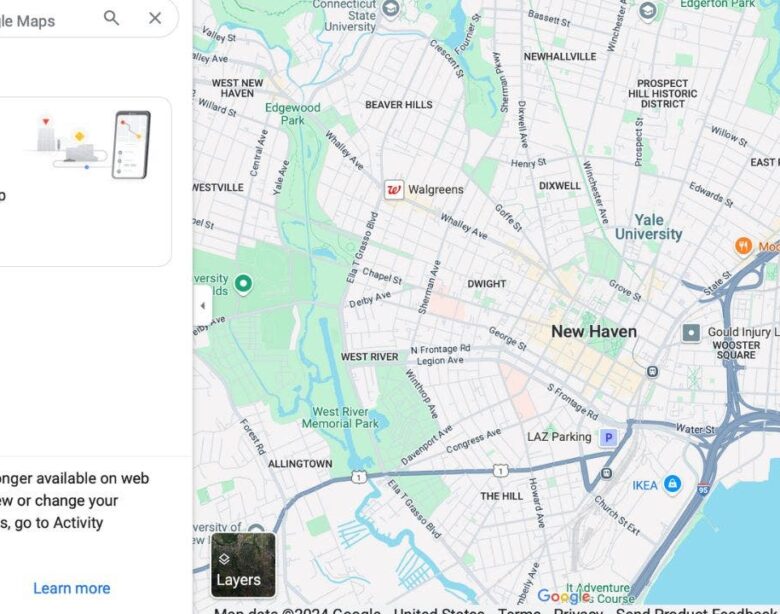[ad_1]
Google is rolling out important changes to its Maps Timeline feature, which tracks your location history. As part of this update You will receive a notification soon. This means that your timeline data will be automatically deleted after a specified time period. Unless you perform a backup. This change represents a shift towards improved privacy as Google plans to store Timeline data on your device. instead of storing it on the server Although this change is intended to protect your data from unauthorized access, But it also means that location history that isn’t backed up can be permanently lost.
Receive security alerts Tips from the experts Sign up for KURT’s newsletter – CYBERGUY REPORT here.
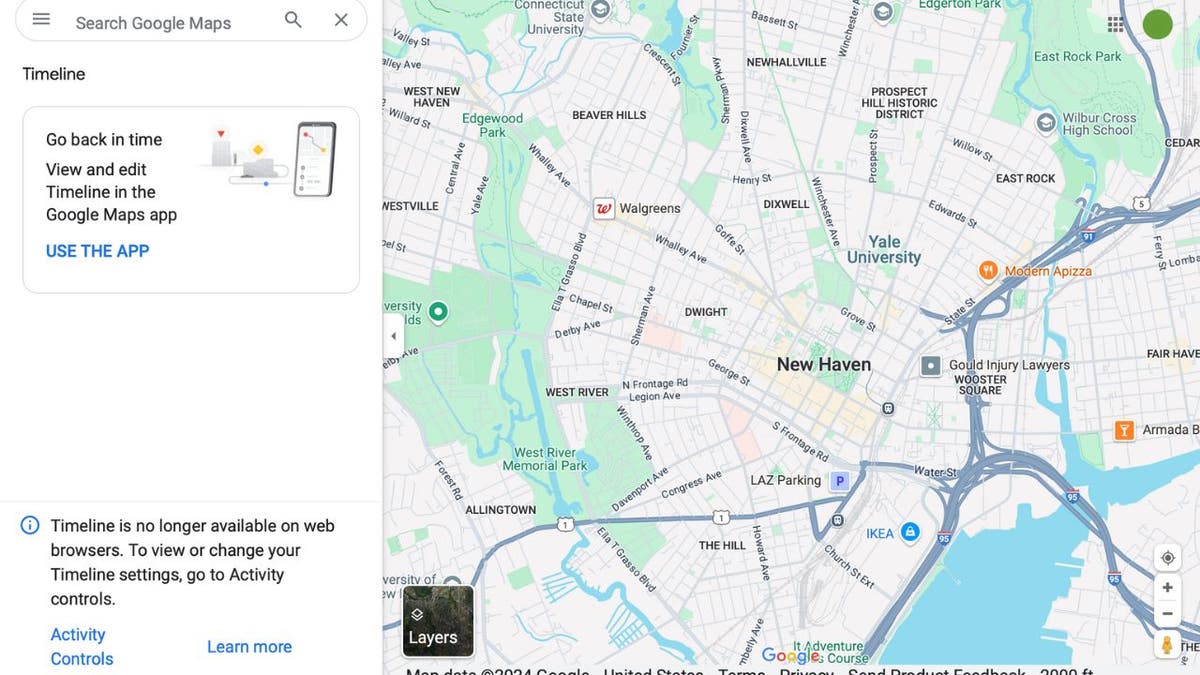
Google Maps (Kurt “Cyber Guy” Nutsson)
What’s changed to the Google Maps timeline?
Google Maps’ location tracking feature, known as Timeline, is currently undergoing a major update. Google previously announced plans to move this data to local storage. The company is now sending you an email alerting you of this upcoming change.
Google will begin deleting your Timeline data from the last 3 months unless you take action. While switching to local storage provides more privacy for those concerned about sharing location data with Google, it also means that if you don’t take action, Your past location history may be permanently lost.
After receiving the notification You will have approximately six months to save or transfer your Timeline data before it is deleted. The email will be sent by “Google Location History” with the subject line: “Keep your timeline? Decide by (date)”
Please note that not everyone has received these notifications. So there is no need to rush right away. But when you receive an email You will have six months to decide.
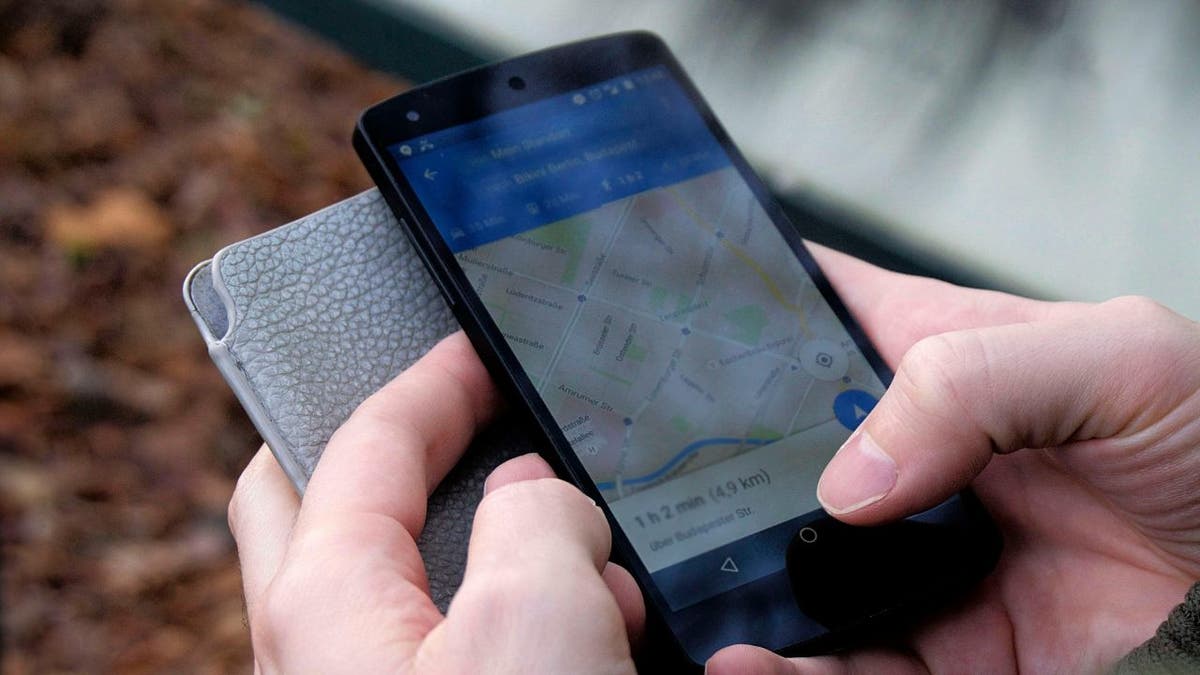
A man uses Google Maps on his phone. (Kurt “Cyber Guy” Nutsson)
How GOOGLE MAPS gives you control over your location data
Why save your timeline data?
There are many reasons why a user might want to save their Google Maps timeline data.
Personal memories: The Timeline feature lets you look back at past trips and experiences. It serves as a digital diary of places visited and routes taken. For many, these memories are precious and worth preserving.
Travel planning: Access to past location data can help with future travel planning. You can analyze previous trips. To make decisions about destinations, accommodations, and activities according to past experience
Safety and security: Keeping records of visited locations is beneficial to personal safety. In case of emergency or dispute Having a detailed movement history can provide important information.
Data Ownership: By switching to local storage You’ll have better control over your data. Saving this information helps ensure it remains accessible and private without having to rely on cloud services that could be vulnerable to breaches.
Avoid losing: Google states that location history that isn’t backed up will be deleted after the change. Those wishing to preserve your data must act now to prevent permanent loss.
Brussels Christmas tree lights up science
How to back up your location history
If you received the above email Or just want to make sure your timeline data is preserved? Here’s what you can do:
1) Google Timeline Export Tool:
- visit takeout.google.com
- Uncheck all options except Location history (timeline)
- click Next steps
- choose Create an export You’ll get a backup and see this note at the bottom of the screen: “Google is creating a copy of data from Location History (Timeline).” This process can take a long time. It takes time (maybe hours or days) to complete the process. You will receive an email when the export is complete.
2) Google is launching a feature that lets you export your timeline data directly from your device. To use:
On your phone or tablet:
- open Google Maps app
- your tap Profile picture or initials in the upper right corner
- choose Your timeline
- Tap on three points in the upper right corner
- choose Location and privacy settings
- Scroll down and tap Export timeline data
- You will find various options. To export your data, such as sharing it via email Messaging app or saving to cloud services Choose the method that best suits your needs. 1) If you choose to share via email, tap Email optionsAnd it will open your email app with the exported data attached. Enter the recipient’s email address and send. 2) If you select a Messaging appFollow the instructions to send files through the app.
On your computer:
- That’s it. Google Maps in your web browser
- Third click horizontal lines in the upper left corner of the screen.
- choose Saved
- Click on map Tab
- Scroll down and click Create a map
- touch build
- In the new window, click import to upload your exported data.
Please note that this backup only applies to that device. Therefore, you may need to repeat this process on the other devices you use.
record: Some users reported that their data was deleted. Even though they begged not to lose anything. To avoid this problem We recommend backing up your timeline regularly.
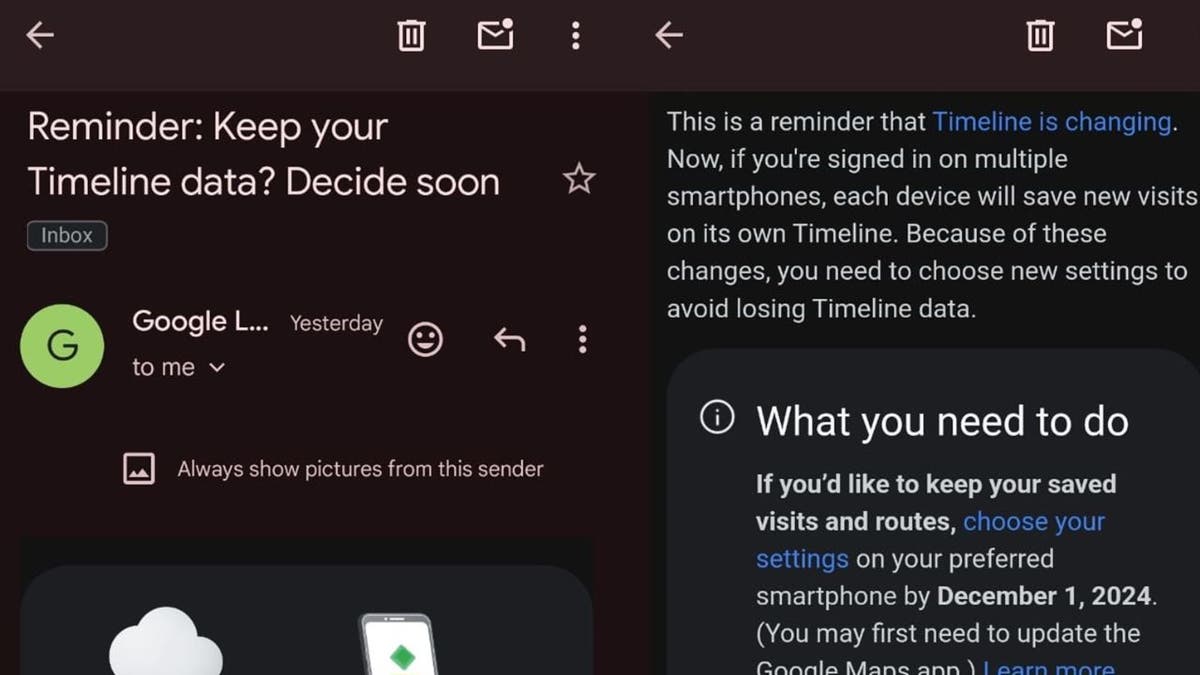
Google email notifications (Kurt “Cyber Guy” Nutsson)
This GOOGLE MAPS trick can improve your ability to navigate directions.
Other ways to maintain privacy
While this update may help you avoid sharing your location data with Google, it’s important to remember that Google collects personal information in other ways as well. Here are additional steps you can take to protect your privacy.
1) Turn off location data on Google: This prevents Google Photos from evaluating the location of your photo. Here’s how to do it.
On your phone or tablet:
- open your Google Photos app
- your click Profile icon in in the upper right corner of the screen.
- choose Google Photos settings
- click privacy
- click Location options
- Toggle off next to Location notifications. Estimate missing locations This will prevent Google Photos from evaluating where your photos were taken based on historical location data.
2) Disable facial recognition: Sharing your facial data with Google puts you at risk for the company collecting it without your consent. This may be shared with third parties and used in ways you may not be aware of. Here’s how to turn it off.
- open Google Photos on your phone
- your tap Profile icon in the upper right corner
- That’s it. Google Photos settings and select
- click privacy
- Disable face grouping by toggling it off next to the location notification. face group
3) Delete your YouTube history: Google tracks your YouTube viewing history and recommends videos based on your past activity. Although this is convenient for finding similar content, But it can also feel like an invasion of your privacy. Here’s how to end it.
On the desktop:
- That’s it. YouTube.com
- Sign in Your YouTube account
- your click Profile icon in the upper right corner
- click Your information on YouTube
- click Manage your YouTube search history
- click delete, Then click Delete all the time
- You will be asked to confirm your decision by clicking delete
- Then click understand
On mobile:
- open YouTube app on your phone
- your tap Profile icon in the lower right corner
- That’s it. Settings in the upper-right corner of the screen, then tap
- choose History and privacy
- touch Clear viewing history
- Confirm your decision by clicking Clear viewing history
- You will receive a pop-up notification that your viewing history has been cleared
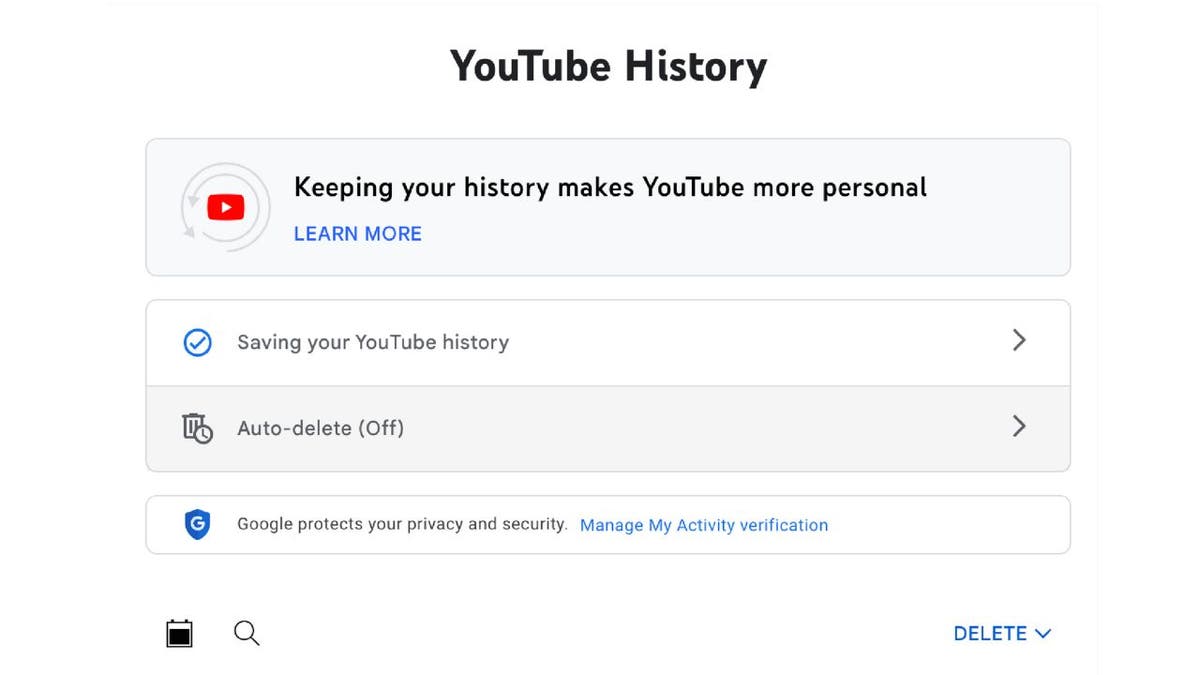
YouTube history example (Kurt “Cyber Guy” Nutsson)
4) Use VPN: A virtual private network (VPN) can greatly increase your privacy when using Google Maps and other online services. Here’s how to help:
- Mask your IP address: A VPN hides your real IP address, making it harder for Google to track your physical location.
- Encrypt your data: VPN encrypts your internet traffic. Protect your data from potential eavesdroppers.
- Bypass geographic restrictions: You can access Google Maps and other services. It’s as if you were in another place. This may avoid location-based tracking.
How to use VPN with Google Maps:
- Choose a Famous VPN service provider
- Install the VPN app on your device
- Connect to VPN server Before opening Google Maps
- use Google Maps as usual with added privacy protection
Important caveats: Although using a VPN can improve your privacy, But it can interfere with Google Maps’ ability to provide accurate directions, as the VPN may route your connection through a server in another location. This causes the app to incorrectly determine your current location. If you need accurate navigation or directions from your current location. Consider temporarily disabling your VPN while using Google Maps to ensure accurate results.
Pro tip: For maximum privacy, combine the use of a VPN with Google Maps Incognito Mode to ensure that your searches and location data aren’t linked to your Google Account, adding an extra level of anonymity.
Recommended VPN services: To find the best VPN that works across devices like Windows, Mac, Android, and iOS, check out our expert reviews of top VPN software.– These reviews highlight options that prioritize privacy, speed, and reliability.
6 WAYS TO TAKE BACK YOUR PRIVACY ON GOOGLE
Kurt’s key points
Google’s decision to delete location history after three months is an important step towards giving you more control over your data. and provides better privacy by storing data locally. As privacy concerns grow It’s encouraging to see companies like Google take steps towards transparency and user choice.
What other Google privacy concerns do you have? Let us know by writing to us at privacy@google.com. Cyberguy.com/Contact–
Want more tech tips and security alerts? Please subscribe to my free CyberGuy Report newsletter by visiting Cyberguy.com/Newsletter–
Ask Kurt a question or let us know what stories you’d like us to cover.
Follow Kurt on his social channels:
Answers to the most frequently asked CyberGuy questions:
New from Kurt:
Copyright 2024 CyberGuy.com All rights reserved.
[ad_2]
Source link
